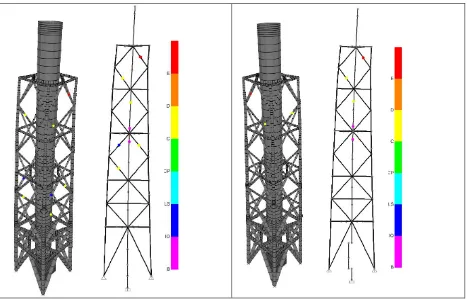Cliff edge seismic evaluation of stack structure using fragility analysis
Full text
Figure




Related documents
Pushover analysis is an estimated analysis method where the structure is subjected to different monotonically increasing lateral forces, with a distribution which
In structural engineering, a shear wall is a vertical element of a seismic force resisting system that is designed to resist in-plane lateral forces,
Lateral loads resisting systems are used to reduce the seismic effect of the structure which is subjected to the earthquake load. The frames with base isolation, LRB and cross
The major sources of variability are the well shaft stiffness, steel yield stress, concrete crack width relationship, plastic hinge length, lateral subgrade
The designed structure is analyzed for dynamic lateral loading seismic (earthquake) analysis by using Linear. Static Method (LS) and Response Spectrum
Design horizontal seismic coefficient depends on the zone factor of the site, importance of the structure, response reduction factor of the lateral load resisting
Response spectrum analysis results provides a more realistic behaviour of structure response and diagrid structure is more effective in lateral load resistance Seismic and
STAAD utilizes the following procedure to generate the lateral seismic load. 1) User provides the value for as factors for input spectrum. 2) Program calculate time periods